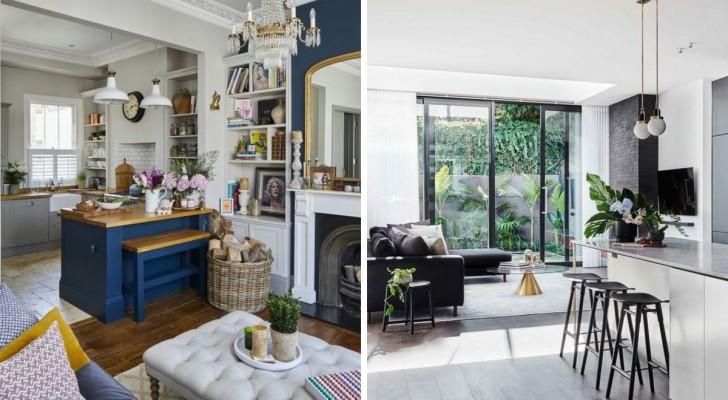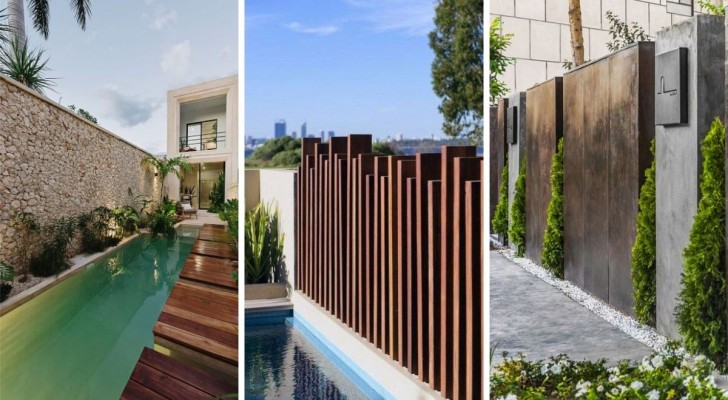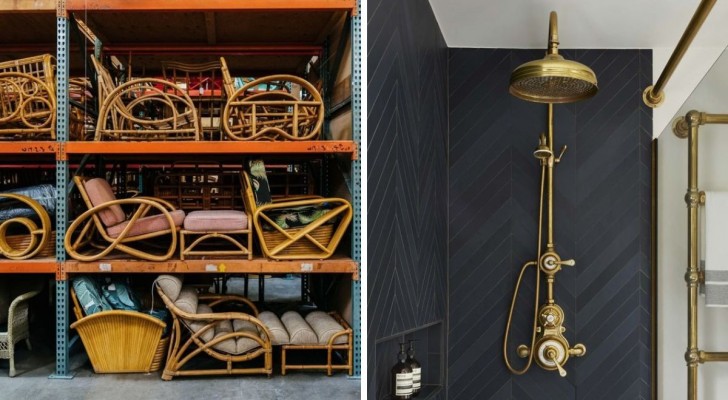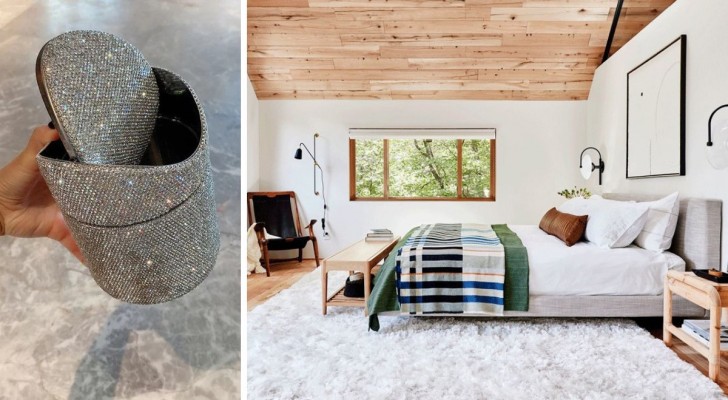A love for imperfections: discover how to create a beautiful and comfortable Wabi Sabi-styled home
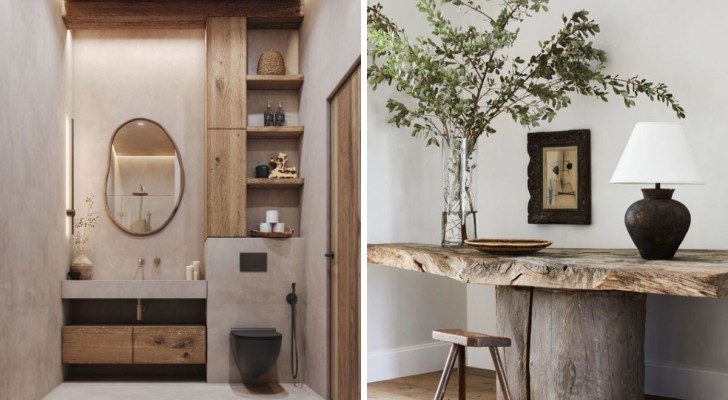
We have all heard of fengh-shui, and we may know about Marie Kondo's concept of sparks of joy, but there is also another philosophy of life that comes from the Far East and can be applied to interior design: we are talking about Wabi Sabi, a Japanese expression which essentially means the love of imperfections.
Specifically, "wabi" encapsulates the idea of living in a humble and simple way, in contact with nature; while "sabi" is a term that refers to the ability to accept the cycle of life, with all its ups and downs.
So, how does all this translate into an interior design style? Read on to find out more:
Since contact with nature is one of the pillars of this philosophy of life, it is imperative that the home must be furnished with natural materials, keeping in mind eco-sustainability and minimizing the impact on the environment.
At the same time, the beauty of imperfection is celebrated with the right combination of asymmetries - rough surfaces and humble materials are the hallmark of this style.
The basic idea, in fact, is that the true beauty of any material (or being) resides in its most natural form. And Wabi Sabi trys to emulate this concept.
The pursuit of perfection, for refined and complex materials, is abandoned in favor of more naturalistic properties. From the planks of a floor, to those used to panel a wall, asymmetries and imperfections are celebrated. This is the heart of this design approach.
And indeed, when damage occurs over time, it is acceptable to repair this creatively, a bit like how broken ceramics are repaired with gold leaf (kintsugi).
In trying to maintain a balance, however, we must never forget ourselves: our homes should also be an expression of ourselves. It is therefore worth taking the time to plan and be selective about what we buy of our homes. This is true for furniture but also for our fixtures and fittings.
For example, we may see a beautiful picture or painting in a shop, but does it really mean anything for us? Imagine instead finding some illustration, photograph, painting or similar that truly "speaks" to you: you will have much more satisfaction viewing this every day.
There must also be order, and no visual chaos: it's not exactly minimalism, but it is a philosophy that aims to keep the space in which we live in as pleasant and uncluttered as possible. Making the bed, straightening the cushions on the sofa, gathering up things scattered on the floor... These are all small chores that don't take up too much time but do a lot to improve the look and feel of the environment.
What do you think of this philosophy?

